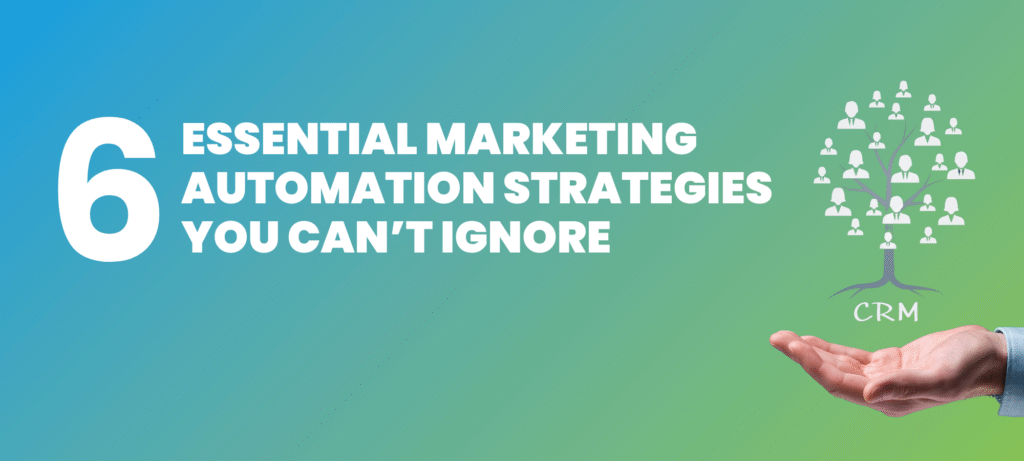As the digital marketing continues to evolve at lightning speed, understanding the ins and outs of marketing automation becomes a crucial tool for navigating these fast paced business environments.
What is marketing automation?
In a nutshell, it’s a suite of tools and tactics designed to streamline, automate, and measure marketing tasks and workflows, allowing for increased efficiency and personalised communication with customers. It’s a toolkit of techniques and approaches that enhances client interactions and help business or company to grow.
Marketing automation is a broad term that covers a variety of tasks that can revolutionise how companies or businesses interact with their customers, from email campaigns to social media management and lead nurturing. Gaining an understanding of its fundamental ideas is essential to properly utilising its power.
We will walk you through six key methods and show you how to use marketing automation to transform your outreach efforts to your prospect, lead and clients.
Here are six fundamental strategies that highlights the essence of marketing automation;
- Segmentation
- Lead Scoring
- Automated Email Campaigns
- Workflow Automation
- Analytics and Insights
- Personalisation
Now let’s dig deeper into each of these strategies.
1. Segmentation
Dividing your audience into distinct segments based on demographics, behaviour, or interests is the cornerstone of effective marketing automation.
By tailoring your messages to specific groups, you can deliver more personalised and relevant content, enhancing engagement and conversion rates.
2. Lead Scoring
Not all leads are equal. With lead scoring, you assign values to various actions or behaviours exhibited by potential customers, allowing you to prioritise and focus on the most promising prospects.
This targeted approach ensures that your sales efforts are concentrated where they are most likely to yield results.
3. Automated Email Campaigns
Email marketing remains the most important tool in the marketer’s world.
Using automation in email campaigns streamlines the process, enabling you to send timely and targeted messages triggered by specific actions or predefined schedules.
Writing compelling and relevant content is key to nurturing leads and fostering lasting relationships.
4. Workflow Automation
Working on a repetitive task can be a drain on resources.
Marketing automation streamlines workflows by automating routine processes, freeing up valuable time, energy and resources that can be redirected towards your business.
5. Analytics and Insights
The beauty of marketing automation lies in its ability to provide valuable data and insights.
Analysing metrics such as open rates, click-through rates, and conversion rates allows you to refine strategies, optimise campaigns, and make informed decisions to drive better results.
6. Personalisation
Tailoring your marketing efforts to cater to individual preferences and behaviours can significantly enhance customer experience.
Through marketing automation, you can create personalised interactions, recommending products or content based on past behaviours, thus giving you stronger connections with your audience.
Adding a first name greeting or even adding a pen signature can make a change to your email approach.
Now that you already know the fundamentals of marketing automation strategies, the question is…
How you can use marketing automation?
Using marketing automation involves more than just putting tools in place; it also entails knowing your target, streamlining procedures, and regularly providing worthwhile experiences across a range of touchpoints.
Here are some ways to make the most of marketing automation:
- Understanding Customer Journeys
- Integration with CRM Systems
- Testing and Optimisation
- Adaptation and Evolution





